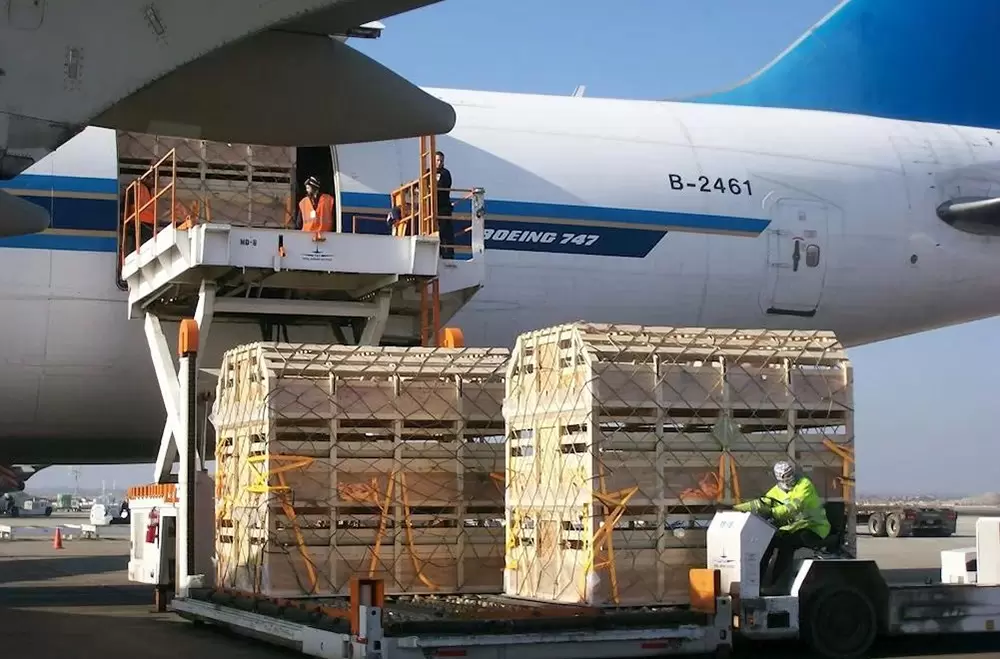In an increasingly interconnected world, the need for reliable and safe transportation has never been more critical. Whether you are a business looking to ship goods or an individual planning your next journey, understanding what constitutes the safest transportation company is essential. This article delves into the multifaceted aspects of transportation safety, examining key indicators, industry standards, and how to evaluate companies effectively.
Understanding Transportation Safety
Transportation safety encompasses a wide range of factors, including vehicle maintenance, driver training, regulatory compliance, and customer feedback. The safest transportation companies prioritize these elements, ensuring that they not only meet but exceed industry standards.
- Regulatory Compliance and Certifications
One of the first indicators of a transportation company's commitment to safety is its adherence to local and international regulations. In the United States, for instance, the Federal Motor Carrier Safety Administration (FMCSA) sets stringent guidelines for commercial vehicle operations. Companies that are compliant with these regulations often display certifications such as the ISO 9001, which signifies a commitment to quality management systems.
When evaluating a transportation company, check for:
- Licenses and Permits: Ensure the company holds all necessary licenses for operation in your region.
- Safety Ratings: Utilize resources like the FMCSA’s Safety and Fitness Electronic Records (SAFER) system to review a company's safety ratings and history of violations.
- Fleet Maintenance and Technology
The condition of a company's fleet is a direct reflection of its safety standards. Regular maintenance schedules, inspections, and the use of advanced technology can significantly reduce the risk of accidents. Companies that invest in modern vehicles equipped with safety features such as anti-lock braking systems, electronic stability control, and GPS tracking systems demonstrate a proactive approach to safety.
Consider the following when assessing a company's fleet:
- Maintenance Records: Request information on the company's maintenance practices and schedules.
- Technology Utilization: Inquire about the technology used for tracking shipments and ensuring driver safety, such as telematics systems that monitor driver behavior.
- Driver Training and Experience
A well-trained driver is one of the most critical components of transportation safety. Companies that prioritize comprehensive training programs, including defensive driving courses and regular safety workshops, are more likely to maintain high safety standards. Additionally, the experience level of drivers can impact safety; companies that employ seasoned professionals often have lower accident rates.
Key aspects to evaluate include:
- Training Programs: Investigate the training protocols in place for new hires and ongoing education for existing drivers.
- Driver Turnover Rates: High turnover can indicate issues within the company, including inadequate training or poor working conditions.
- Customer Feedback and Reputation
In the digital age, customer feedback can provide invaluable insights into a transportation company's safety record. Online reviews, testimonials, and ratings on platforms such as Google, Yelp, and industry-specific forums can help gauge a company's reputation. Look for patterns in feedback, particularly regarding safety incidents or customer service issues.
To effectively assess customer feedback:
- Review Aggregation: Use multiple sources to gather a comprehensive view of the company's reputation.
- Social Media Monitoring: Pay attention to discussions on social media platforms, as they often reveal real-time customer experiences.
- Insurance Coverage
A reputable transportation company will carry adequate insurance coverage to protect both its assets and its clients. This coverage not only reflects the company's commitment to safety but also provides peace of mind for customers. Companies with comprehensive liability insurance, cargo insurance, and workers' compensation are generally more reliable.
When evaluating insurance:
- Coverage Limits: Ensure the company has sufficient coverage to protect against potential losses.
- Claims History: Inquire about the company's claims history to understand how they handle incidents.
Conclusion: Making an Informed Choice
Identifying the safest transportation company requires a thorough evaluation of various factors, including regulatory compliance, fleet maintenance, driver training, customer feedback, and insurance coverage. By taking the time to research and assess these elements, you can make an informed decision that prioritizes safety and reliability.
